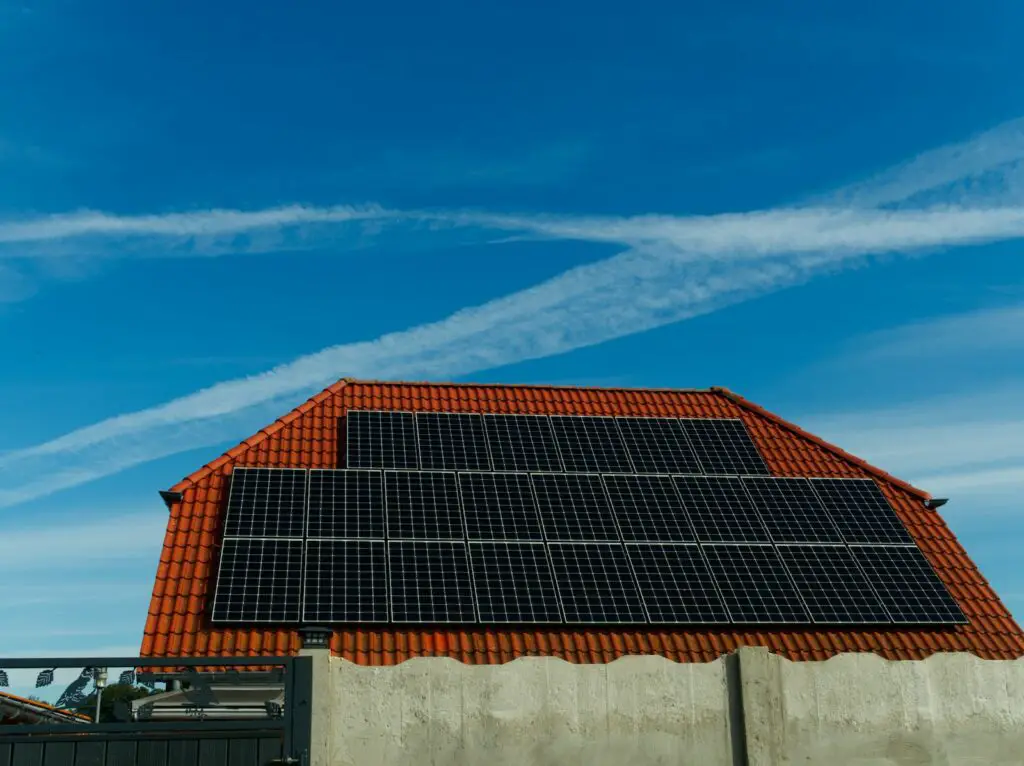Using solar power can help reduce your environmental impact and cut down electric bills. Solar cells transform light, including artificial sources, into electricity.
While solar panels can technically charge with light from sources like incandescent or fluorescent bulbs, the efficiency is currently low.
The capability to convert light to solar energy is based on specific wavelengths found in both sunlight and artificial light.
However, today’s solar cell technology struggles to efficiently harness artificial light.
Why Artifical Light Is a Poor Choice for Charging Solar Panels?
Artificial light sources like incandescent and fluorescent bulbs can charge solar cells and power small devices due to their similarity to the sun’s spectrum. However, they’re less efficient than direct sunlight. This inefficiency arises from:
- Conversion Loss: Artificial lights convert electricity to light, which solar cells then transform back into electricity, losing some energy in the process.
- Spectral Intensity: Sunlight has consistent, strong spectral radiance, ensuring optimal solar cell absorption. In contrast, artificial lights have weaker and fluctuating spectral intensities, affecting energy absorption.
- Light Barriers: Components in artificial lights, like bulbs, can reduce light intensity, with some light absorbed by glass or dispersed in the surroundings.
Simply put, trying to charge solar cells with artificial light isn’t efficient or practical.
No artificial source can match the potency of the sun’s rays. Just as cooking with a candle isn’t practical, using artificial light for solar panels is inefficient.
To optimize solar energy during low sunlight, consider high-efficiency solar panels and batteries for storing energy for nighttime or overcast days.
Artificial Light Sources For Solar Panel Charging
Fire
Fire can be a source for charging a solar panel, but it’s not efficient or practical.
Solar panels are designed to capture sunlight, which provides a broad spectrum of light.
Fire, on the other hand, gives off a more limited spectrum, predominantly in the infrared range, which is less effective for standard solar panels.
LED Lights
LED lights are an artificial source for charging solar panels due to their energy efficiency and long lifespan.
They emit light in a specific wavelength range that solar cells can effectively absorb, making them suitable for charging.
Fluorescent Lights
Fluorescent lights, such as compact fluorescent lamps (CFLs), can also charge solar panels.
They provide a broad spectrum of light that can be converted into electricity.
However, their lower intensity than sunlight may result in slower charging rates.
Incandescent Bulbs
While incandescent bulbs are less efficient in energy conversion, they can still charge solar panels.
These bulbs emit a warm, yellowish light that contains a limited spectrum of wavelengths.
As a result, they may provide lower charging efficiency compared to other artificial light sources.
Halogen Lights
Halogen lights emit bright white light and can be an artificial source for solar panel charging.
They offer a good light intensity, which can contribute to efficient charging.
However, it’s important to note their higher energy consumption than LED or fluorescent lights.
Indirect Light Sources
Indirect light sources, such as light reflected off walls or surfaces, can also charge solar panels.
While the intensity may be reduced, indirect light can still provide sufficient energy to charge solar panels, especially in well-lit environments.








